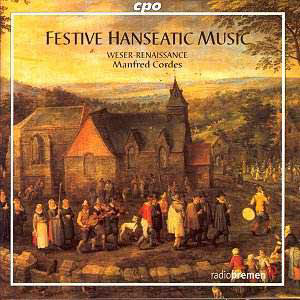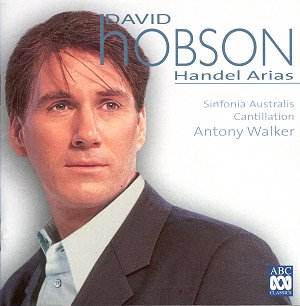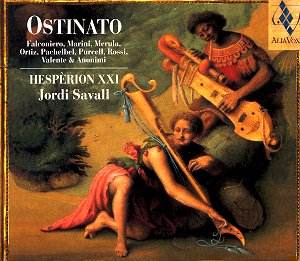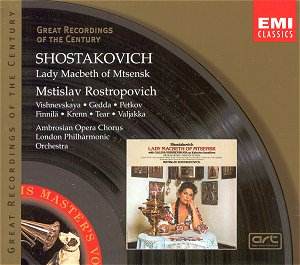 Composer: Festive
Composer: Festive
Works: Hanseatic Music
Performers: WESER-RENAISSANCE, directed by Manfred Cordes; featuring 19 vocal soloists and 21 players on historical instruments
Recording: June 17, July 1 and 29, August 19, 2000, Sendesaal Radio Bremen
Label: CPO
The “Hanseatic Music” CD presents an important exploration of a largely overlooked facet of the Renaissance soundscape, specifically the rich musical heritage of the Hanseatic League—a powerful economic alliance that not only fostered trade but also cultivated a vibrant cultural life in Northern Europe from the 13th to the 17th centuries. The ensemble WESER-RENAISSANCE, under the astute direction of Manfred Cordes, offers a compelling collection of works by a diverse array of composers, including Julius Johann Weiland, Heinrich Albert, and Orlando di Lasso, among others. These pieces, spanning centuries and regions, illuminate a musical tradition that thrived in the context of mercantile prosperity and cross-cultural exchange.
WESER-RENAISSANCE’s interpretation is noteworthy for its clarity and precision, which highlights the intricate polyphony characteristic of this repertoire. The ensemble’s use of historical instruments—such as the Dulzian, Chitarone, and Viola da gamba—infuses the performances with an authentic timbral richness that complements the vocal lines beautifully. The three sacred concertos by Weiland serve as a particularly striking introduction, where the interplay among the voices exhibits a mastery akin to that found in Heinrich Schütz’s works. The polyphonic textures are rendered with meticulous attention, allowing each voice to resonate distinctly while contributing to the overall harmonic tapestry.
The interaction between soprano and tenor in Rautenstein’s dialogue setting from the Song of Songs is particularly evocative. Here, the quasi-operatic quality emerges not only through the vocal exchanges but also through the instrumental dialogues, which rise from a subdued reserve to moments of exuberant joy. This fluidity is emblematic of the ensemble’s approach, which balances intimacy and exuberance throughout the disc. The burial motet “Omnis caro et foenum” by Dulichius exemplifies this, where the dark, atmospheric polyphony creates a poignant contrast with the text, enhancing the emotional depth of the piece.
The recording quality is commendable, characterized by a sonic clarity that allows listeners to discern the interplay of instrumental and vocal lines effortlessly. The spatial engineering captures the resonance of the Sendesaal, creating a sense of immediacy that draws the listener into the performance. While some may find the short resonance slightly limiting, it ultimately contributes to the intimate atmosphere that permeates the recording. This choice aligns well with the performance’s focus on the nuanced interactions between voice and instrument.
In the context of the wider discography, “Hanseatic Music” stands as a vital addition to the canon of Renaissance recordings. The blend of lesser-known works alongside those of more prominent composers such as di Lasso provides a comprehensive view of the period’s musical landscape. The ensemble’s commitment to stylistic authenticity and musical clarity sets a high benchmark for future recordings of this repertoire. This disc is not merely for enthusiasts of Renaissance music but for anyone interested in the rich tapestries of early music history. WESER-RENAISSANCE’s exploration of this ‘terra incognita’ is a compelling invitation to delve deeper into a remarkable yet often overshadowed musical heritage.



